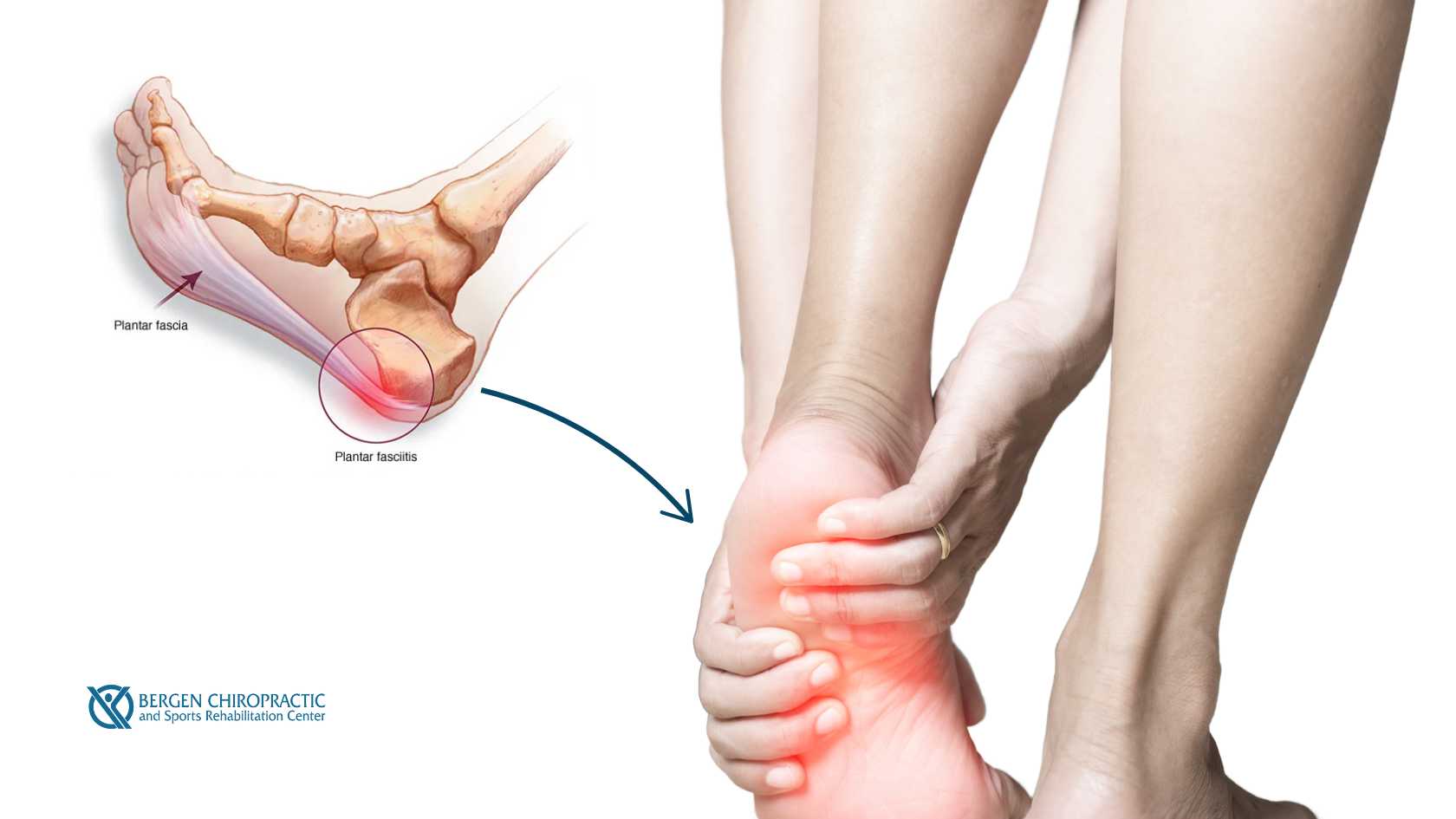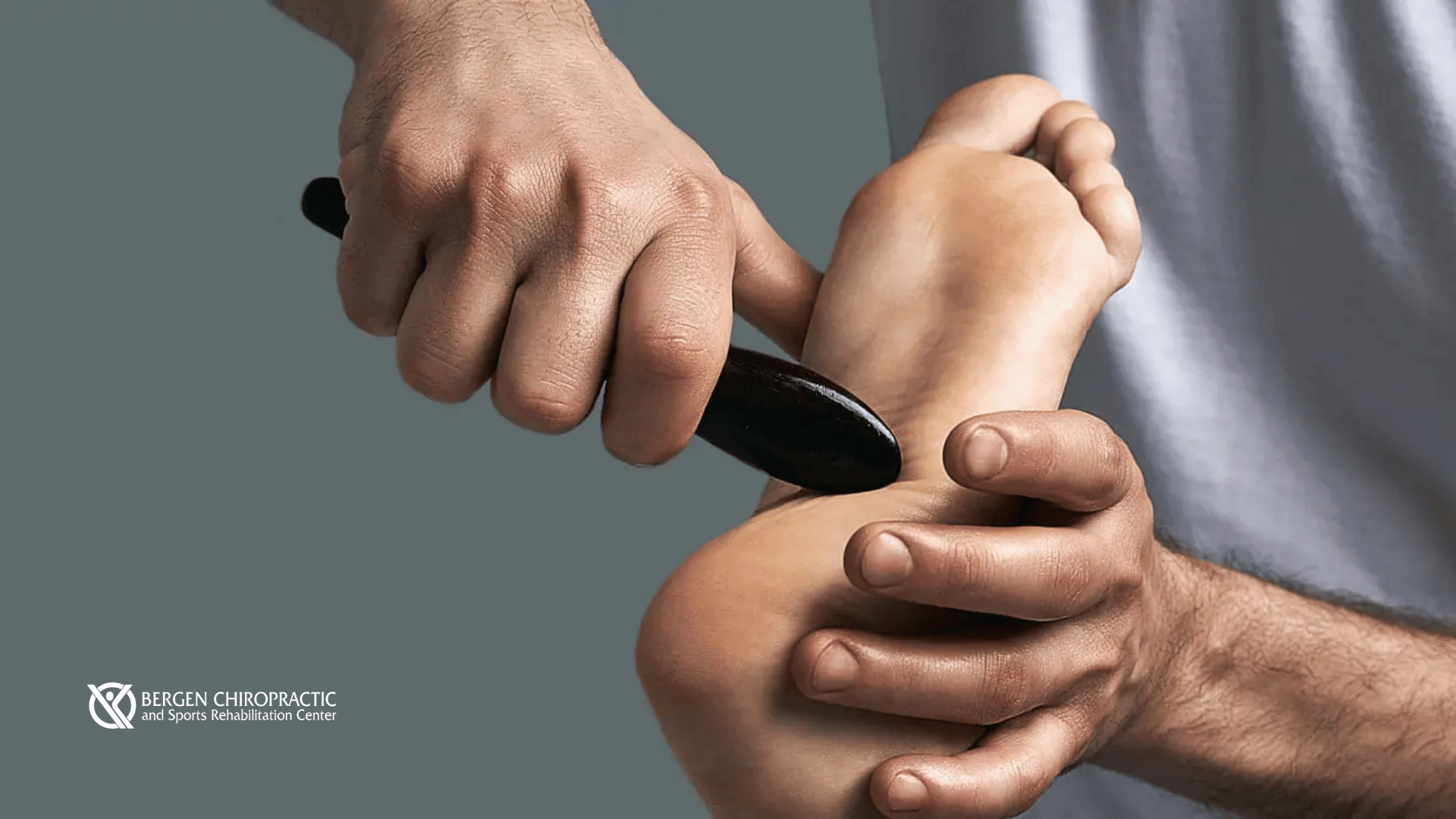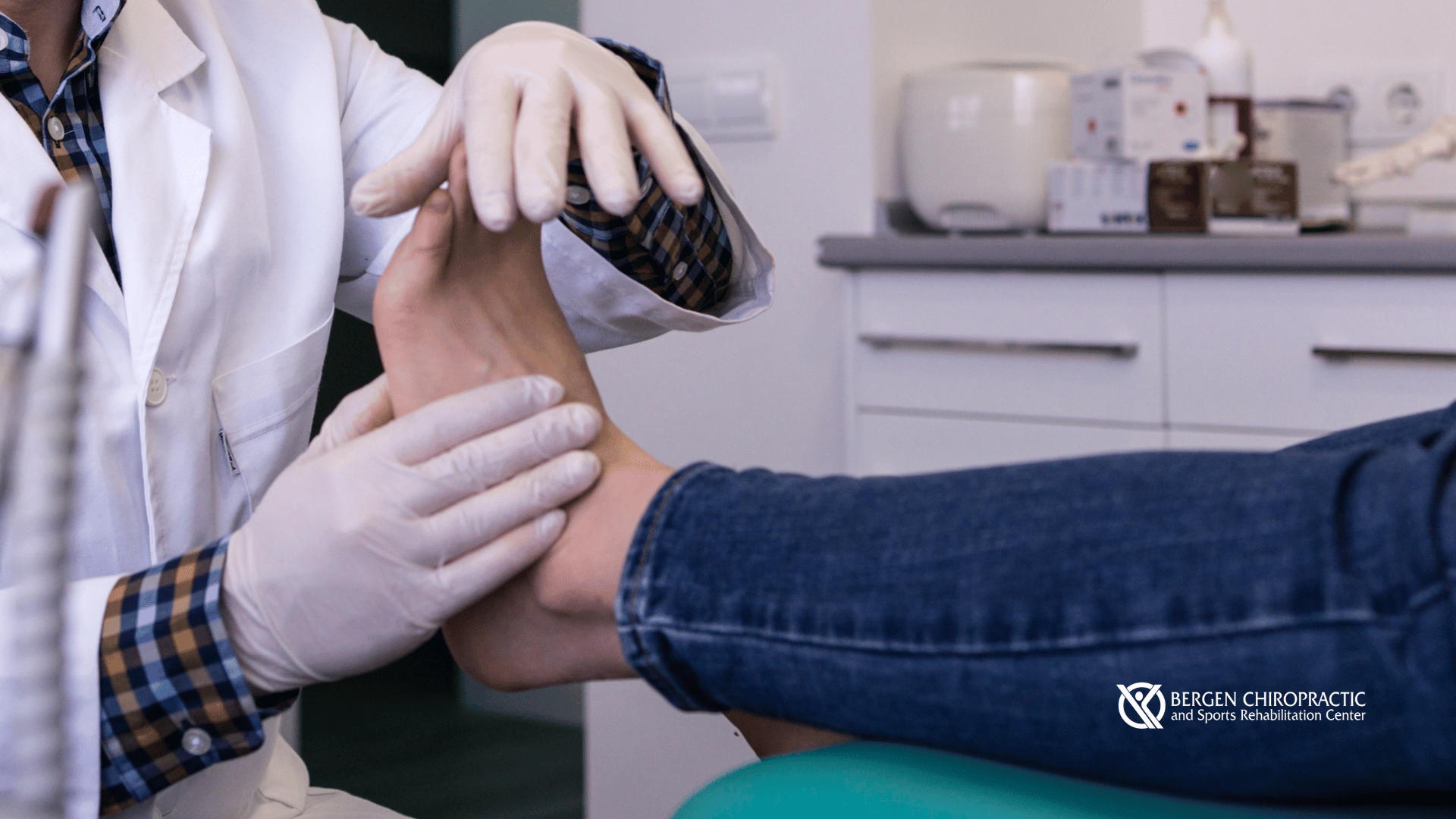Enhance your chiropractic skills with expert training at Bergen Chiropractic in Bergen County, NJ, designed for practitioners seeking to expand their expertise.
Chiropractic Care Helps Recover From Skiing Injuries!
Chiropractic care helps athletes recover from skiing injuries, offering pain relief and improved mobility for a smoother, faster return to the slopes.
How Chiropractic Care Supports Mothers With C-Section Scars
Chiropractic care can help mothers heal from C-section scars, easing discomfort and promoting recovery for a healthier, more comfortable postpartum experience.
Stick to Health: 5 Ways Chiropractic Care Boosts Lacrosse Athletes
Chiropractic care for lacrosse players offers key benefits like injury prevention, improved recovery, and enhanced flexibility to keep athletes at their best.
Top 5 Health Issues Treated by Chiropractors in Hackensack and Cliffside Park, NJ
Learn the top five health issues chiropractors treat in Hackensack and Cliffside Park, NJ, from back pain to migraines, and how chiropractic care can help.
Chronic vs. Acute Plantar Fasciitis: Tailoring Chiropractic Care for Your Condition
Learn the difference between chronic and acute plantar fasciitis and how tailored chiropractic care can effectively treat each condition.
Elite Sports Chiropractic Care in Bergen County: Why Dr. Doerr and Dr. Doyle Lead the Field
Learn why Dr. Doerr and Dr. Doyle are the leading experts in elite sports chiropractic care in Bergen County, providing top-notch treatments for athletes.
From Winter Stiffness to Spring Mobility: Dr. Doerr’s Chiropractic Solutions for Seasonal Knee Discomfort
Dr. Doerr offers chiropractic solutions to ease seasonal knee discomfort, helping transition from winter stiffness to improved mobility and comfort this spring.
Chiropractic Soft Tissue Techniques for Managing Plantar Fasciitis Pain
Explore chiropractic soft tissue techniques to manage plantar fasciitis pain, reduce inflammation, improve mobility, and support overall foot health.
From Pain to Progress: Understanding the Duration of Chiropractic Treatment for Plantar Fasciitis
Understand the timeline of chiropractic care for plantar fasciitis, from initial pain relief to long-term recovery, and what to expect during treatment.










